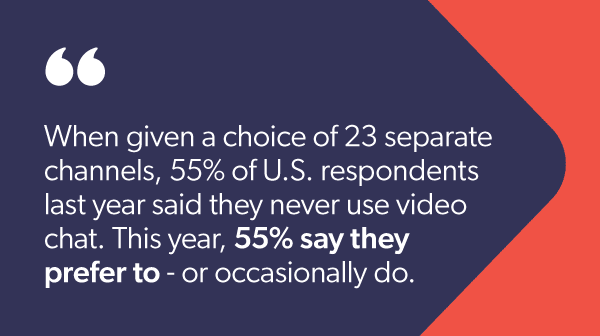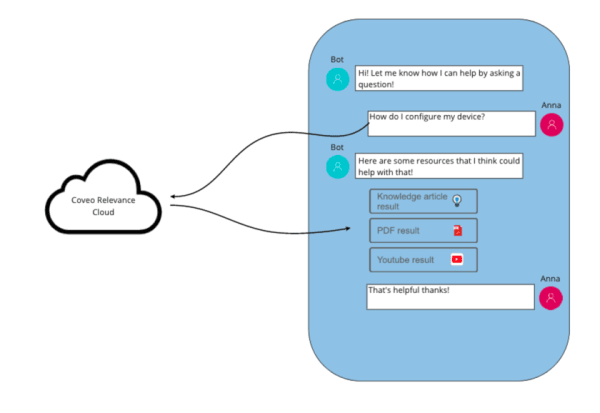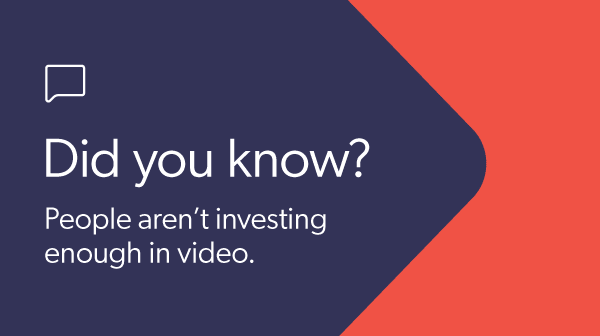It’s a mistake to underestimate a person’s intuition. You might get away with it once in a while, but the risk-reward usually isn’t worth it. That’s especially true of the service and support realm – where customers have more choices than ever. If they get even a whiff of friction, things tend to go sideways.
So why are we continuing to funnel customers to the service and support channels that we think are best for our customers? And when we’re not doing that, why are we tacking on disjointed, third-party tech haphazardly that our customers know will be a bust before they even start an interaction?

Support Channel Preference Is All So Situational
“When given a choice of 23 separate channels, 55% of U.S. respondents last year said they never use video chat. This year, 55% say they prefer to – or occasionally do.”
That was one of the interesting results from the TSIA 2021 Channel Preference Study that John Ragsdale, Distinguished Researcher and Vice President of Research, Technology and Social at TSIA, shared at a recent Rethinking Relevance Roundtable.
You don’t need John Ragsdale to explain the change in preference. The global pandemic forced a lot of people to rely more heavily on video to connect with people and businesses.
It’s situational.
The TSIA study also found that email isn’t diminishing with younger generations, as some industry analysts have predicted. And then there’s social media apps like WhatsApp. “WhatsApp is the fourth most popular channel globally after Google, YouTube, and email,” says Ragsdale. “If you don’t have a WhatsApp strategy, particularly for customers in South America, you’re not giving them what they want.”
WhatsApp!? Yup. Again, very situational.
“If you’re on a website and there’s a chat option you’re going to use it for a simple question,” says Ragsdale. “If there’s smoke coming out of the machine you’re going to call.” According to Patrick Martin, Senior Director of Support at Coveo, more than 99% of support cases come in through the Coveo Connect community. It’s what customers do, not necessarily what Coveo trains its customers to do.
Chatbots Could Be Much Better
The TSIA study also revealed that, despite all the hype, only 40% of respondents prefer chatbots when they need customer support. For me personally, I actually do look for chatbots when I need support, with one caveat: if my intuition tells me that I’m never going to get to a live agent—even live web chat—my friction meter goes through the roof.
I’m already looking for a phone number or abandoning the experience altogether.
What about configuring chatbots to be more like conversational search engines, versus scripted, decision-tree-type conversations? As Ragsdale points out, it’s not often that people fit in nice and tidy to predetermined chatbot scripts.
These only tend to work for simple, transactional issues. For higher-touch issues, a chatbot need to be plugged into a deep and structured knowledge database. And they need to know when it’s time to transfer the customer to live web chat with a real-life agent.

Video Is Still Underinvested by Customer Support
Way back when, during my time as a technical writer for the ESET North America knowledge base, we got the crazy idea to convert knowledge-based articles into video tutorials. Nothing particularly special: just short, “quick and dirty” tutorials to supplement our top knowledge base articles.
As it turns out, this wasn’t a crazy idea at all. The practice soon became a regular part of our knowledge base content strategy. Customers, partners, and even internal employees used these videos regularly. Yet, even a small resource investment in video like this is still uncommon.
“People aren’t investing enough in video,” says Ragsdale. “Only 25% of TSIA members have a YouTube channel. They’re just not incorporating video into the knowledge creation process.”
Patrick Martin, senior director technical support at Coveo, suggests a collaboration with the Education Services team when you want to create nicer, brand-approved support videos. “Take the top ten or fifteen articles that are being consulted by customers, do videos, and link them to the actual documents.” As Martin points out, you can even bring in user-generated video from your communities.

In-App Help Can Meet Customers Right at the Source
If context is everything, then in-product support experience is a golden opportunity. When a customer is already using a software product, for example, you know where they’re at and what they’re doing when they need help—it’s all very close to the customer’s context. And if you can extend contextually relevant content right into that moment of need, you’ll help that customer avoid a whole bunch of extra steps to get help.
With regard to in-app support, here are a few other things to keep in mind from the Rethinking Relevance Roundtable:
- A customer shouldn’t have to leave the app to get help, or even ask—proactive support should be embedded and obvious
- Customers shouldn’t “feel the handoff” to a bolted-on help experience, for example, or contact support form
- The type of product you’re supporting should inform the type of in-app help you surface for customers
Content That Finds the Customer in Their Channel of Choice
It’s easy to say that what customers really want is “easy” customer support. This is only half the picture. It might be more accurate to say customers want to work when and where they choose. A contextually relevant support experience, in other words, one that makes content eminently findable whenever and wherever the customer goes looking for it.
“Unfortunately,” concludes Ragsdale, “most companies ask the VP or CIO or CFO who’s signing checks at the customer site for their input and I promise you these aren’t the people calling in for support. I can’t tell you how many arguments I have with support professionals who tell me that their customers only want to phone and email. I simply don’t believe that’s true. What’s more likely is that you’ve to use those channels, or they’re the only ones you offer today.”
Indeed, your customers’ support channel preference might surprise you. The question is, what are you doing to make sure the support content they need finds them, rather than the other way around?


